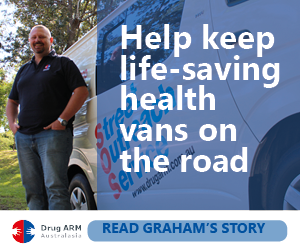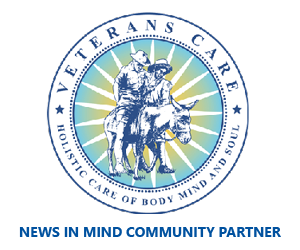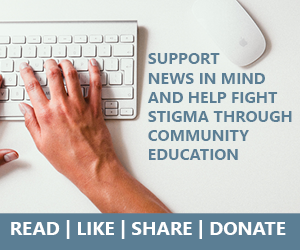Aboriginal health advocates are calling for better access to mental health professionals in remote communities to combat child suicide, following the death of a 10-year-old girl, who is suspected of having taken her own life.
Western Australia Police are investigating the girl’s death, after her body was found on Sunday night in Looma, a remote community in far-north Western Australia. A police spokesman said they did not consider it suspicious.
The coordinator of a federally-funded trial of the indigenous suicide critical response unit, Gerry Geratos, is travelling to to Looma this week.
Eighteen indigenous people have reportedly killed themselves in remote parts of Western Australia since December.
Sandy Davies, the deputy chairman of the National Aboriginal Community Controlled Health Organisation, said that child suicide was a growing problem in indigenous communities. Children’s exposure to family violence was a “major contributor” to the mental health of young people, he said.
Mr Davies, who is based in Geraldton, Western Australia, said services needed more funding for mental health, with remote communities having limited access through Aboriginal Medical Services and the Royal Flying Doctor Service.
“There are millions of dollars going into mental health in Western Australia but very little reaches the people who need it,” he said.
“We must be delivering services to the people, not (forcing) them to come to the services because Aboriginal people in remote communities are on the lowest incomes in the country.”
State and federal governments should also publicise the number of suicides in different regions, so that service providers could better understand the problem and help families impacted by suicide. Mental health professionals also needed to work with community leaders to encourage people to seek help for their problems.
Dr Fiona Shand, a senior research fellow on suicide prevention at the Black Dog Institute, said that indigenous children up to 14 years were nine times more likely to kill themselves than non-indigenous children. Those aged 16 to 24 were four to five times more likely to kill themselves than non-indigenous people in that age group.
Dr Shand said that indigenous children had worse mental health outcomes than non-indigenous children due to entrenched disadvantage in Aboriginal communities and intergenerational trauma, which led to higher rates of family violence and substance use.
“It’s difficult to think that someone so young can feel so much despair and hopelessness but they can,” she said.
“The risk with younger people is the younger we are, the more likely we are to act on an impulse and the harder it is to regulate strong emotions.”
She said that young people generally needed to be better screened for mental health problems, particularly in “at-risk” groups.
An Australian Bureau of Statistics study said on Tuesday that Aboriginal and Torres Strait Islanders were almost twice as likely to die by suicide than non-Indigenous Australians. Between 1.4 to 3.6 children per 100,000 died by suicide in Australia between 2010 and 2014, it said. The Northern Territory had the highest rate of child suicide, at 12.7 deaths per 100,000 of the population.
Lifeline 131 114
beyondblue 1300 224 636
SuicideLine 1300 651 251 (this service is Victoria based)
MensLine 1300 789 978
Kids Helpline 1800 551 800
This article first appeared on ‘Sydney Morning Herald’ on 9 March 2016.























